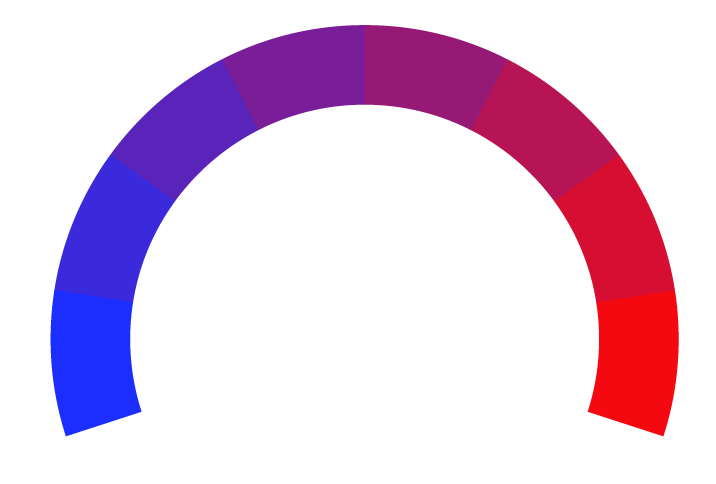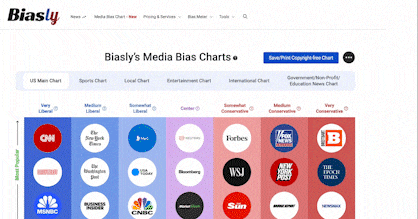 Toronto Star Article Rating
Toronto Star Article RatingWood pellets boomed in the US South. Climate activists want Biden to stop boosting industry growth
- Bias Rating
- Reliability
90% ReliableExcellent
- Policy Leaning
-64% Medium Left
- Politician Portrayal
-29% Negative
Continue For Free
Create your free account to see the in-depth bias analytics and more.
By creating an account, you agree to our Terms and Privacy Policy, and subscribe to email updates.
Bias Score Analysis
The A.I. bias rating includes policy and politician portrayal leanings based on the author’s tone found in the article using machine learning. Bias scores are on a scale of -100% to 100% with higher negative scores being more liberal and higher positive scores being more conservative, and 0% being neutral.
Sentiments
2% Positive
- Liberal
| Sentence | Sentiment | Bias |
|---|---|---|
Unlock this feature by upgrading to the Pro plan. | ||
Reliability Score Analysis
Policy Leaning Analysis
Politician Portrayal Analysis
Bias Meter
Extremely
Liberal
Very
Liberal
Moderately
Liberal
Somewhat Liberal
Center
Somewhat Conservative
Moderately
Conservative
Very
Conservative
Extremely
Conservative
-100%
Liberal
100%
Conservative

Contributing sentiments towards policy:
59% : Pollution from biomass-based facilities is nearly three times higher than that of other energy sectors, according to a 2023 paper in the journal Renewable Energy.58% : "Bioenergy is a part of that.
49% : " Wood pellet production skyrocketed across the U.S. South to feed the European Union's push this past decade for renewable energy to replace fossil fuels such as coal.
43% : Spokesperson Michelli Martin said Drax in 2021 installed pollution controls, including incinerators to decrease carbon emissions.
37% : As producers expand west, environmentalists want the government to stop incentivizing what they call a misguided attempt to curb carbon emissions that pollute communities of color while presently warming the atmosphere.
*Our bias meter rating uses data science including sentiment analysis, machine learning and our proprietary algorithm for determining biases in news articles. Bias scores are on a scale of -100% to 100% with higher negative scores being more liberal and higher positive scores being more conservative, and 0% being neutral. The rating is an independent analysis and is not affiliated nor sponsored by the news source or any other organization.


























